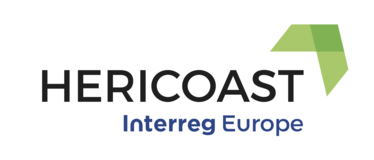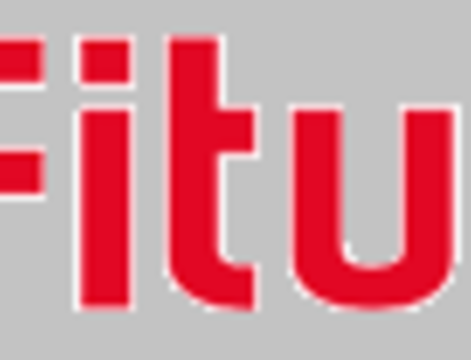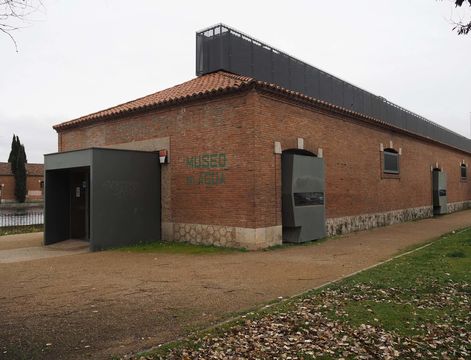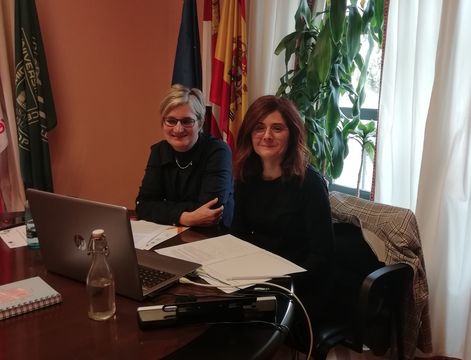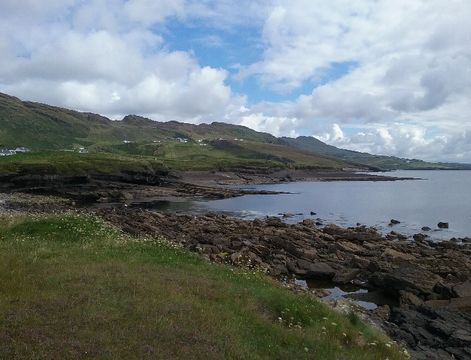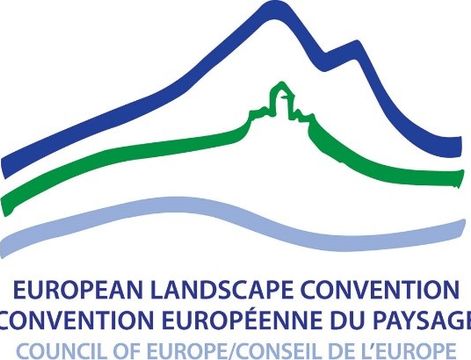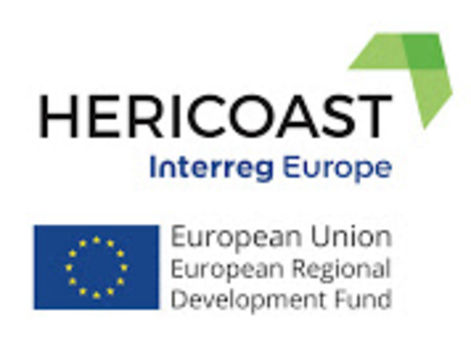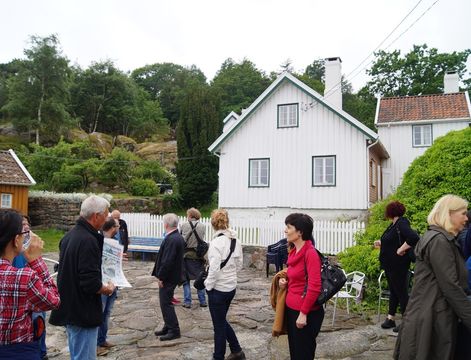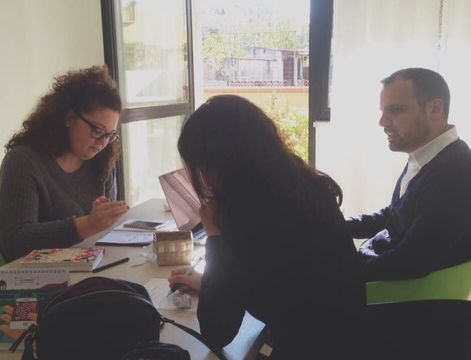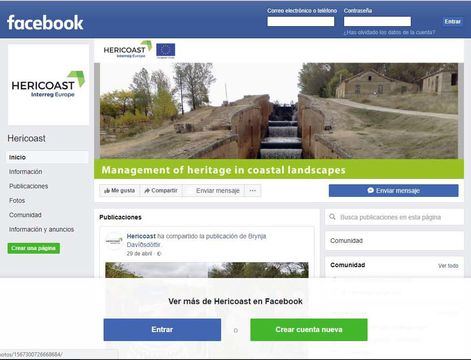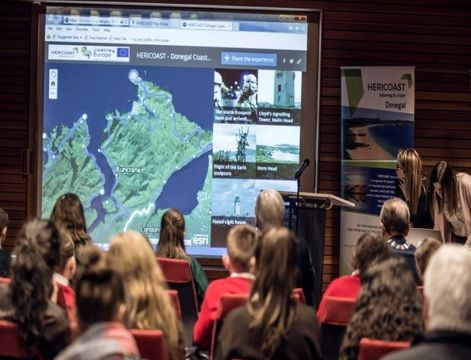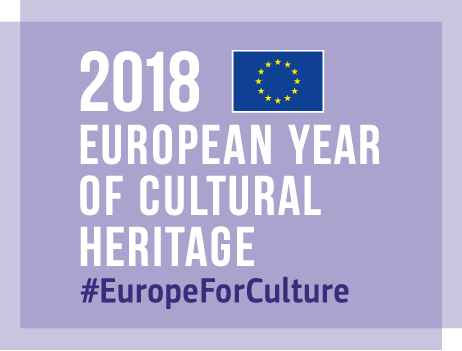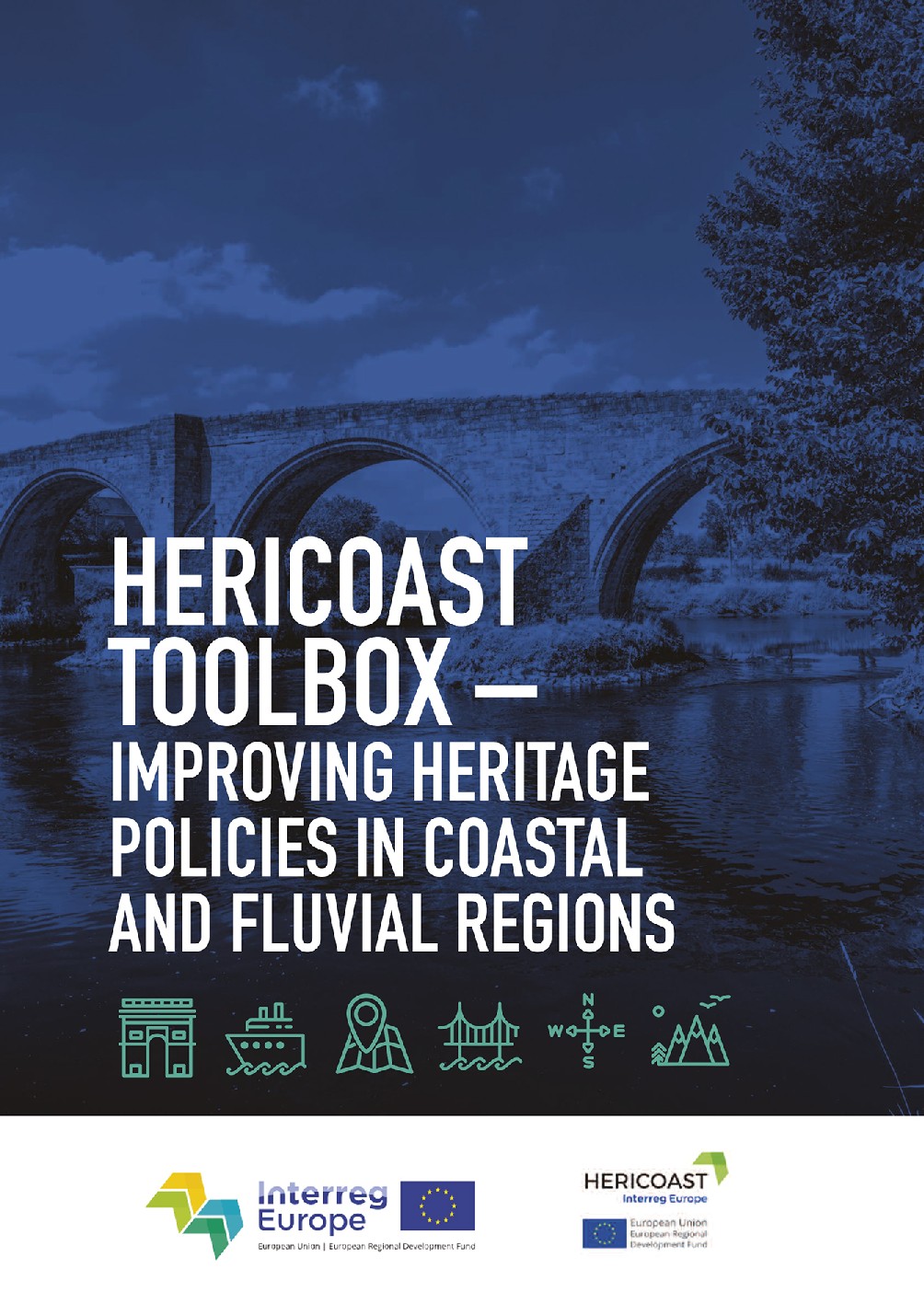The HERICOAST project developed the toolbox to support the project partners with improving their regional policies.
The HERICOAST toolbox provide set of tools that have proved useful for the design of new kinds of regional policy development towards a more co-creational and evidence-based approach. The toolbox contains the following thematic chapters:
1. Conceptual framework .
2. Taking a coastal heritage approach .
3. Evidence based, more stakeholder-centered regional policy development .
4. Public sector – administrations and politicians .
5.Private sector – profit and non-profit .
6. Integrational function of events.
In the toolbox the regional partners and their stakeholders brought in examples from their own territorial context and good practices. These territorial situations and good practise examples are described throughout the chapters. Examples of good practises:
1. Rehabilitation of heritage building “Casa Avramide” , Tulcea, Romania
2. Transformation of a canal and industrial building, Castile and León, Spain
3. Public Participation Network, Donegal, Ireland .
4. Albaola Association, Lea-Artibai, Spain .
5. Preservations centres, Agder, Norway .
6. The Life Maestrale project, Molise, Italy .
7. Strategic plan for heritage preservation and tourism development, Molise, Italy.
Partners
The Hericoast partnership is based on six different European coastal and fluvial regions working in collaboration with their regional stakeholders exchanging experience on policy development and one university and a NGO functioning as advisory partners facilitating the interregional learning experience.
1. Vest-Agder County Council, Norway, Lead Partner.
2. Tulcea County Council, Romania .
3. Regional Government of Castile and Léon, Regional Ministry of Culture and Tourism, Spain .
4. Molise Region, Italy .
5. Leartibai Development Agency, Spain.
6. Civilscape, Netherlands .
7. Vrije Universiteit Amsterdam, research institute CLUE+, Netherlands .
8. Donegal County Council.
